
India Curbs PC Imports as Modi Pushes for Local Production
India is requiring licenses for the import of computers from laptops to tablets, the latest in a series
2023-08-03 15:55
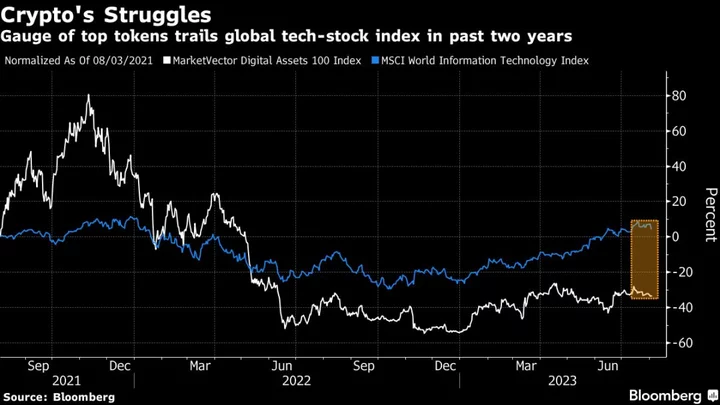
Hong Kong’s New Crypto Regime Awards First Exchange License to HashKey
The first license under Hong Kong’s new crypto regime went to HashKey Exchange, legalizing the retail trading of
2023-08-03 13:50
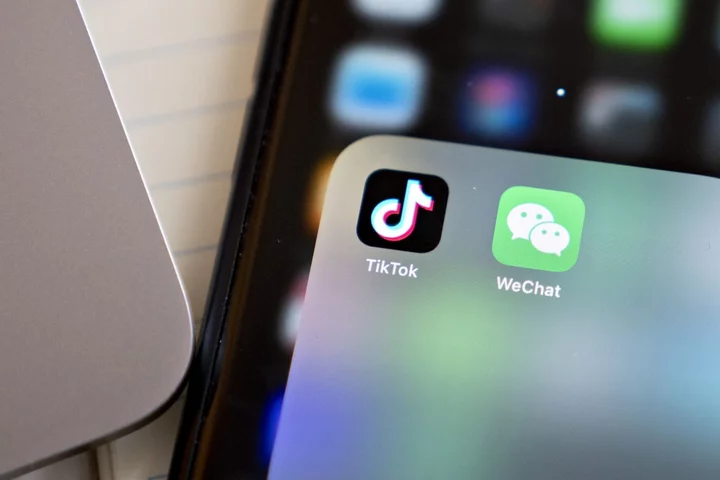
Australia Must Consider WeChat Ban, Senate Report Says
Australia should consider extending a ban on TikTok from government devises to include WeChat, a panel of lawmakers
2023-08-03 07:22
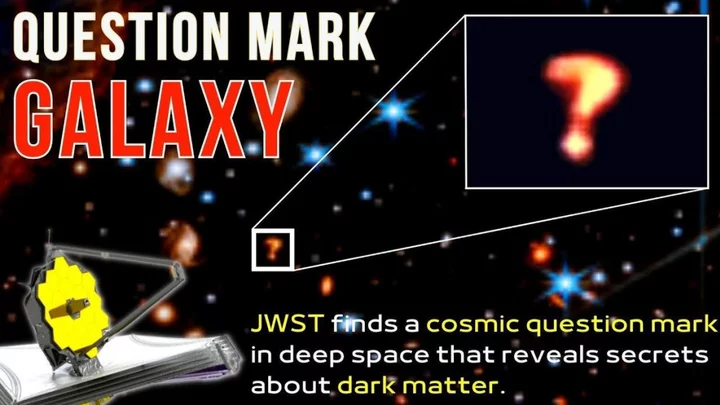
Mysterious galaxy resembling a giant ‘question mark’ discovered by Webb telescope
Nasa’s James Webb telescope’s most recent image of a distant star system has thrown up more questions than answers – literally. The image is of the star system Herbig Haro 46/47, and includes a cosmic object that is shaped like an actual question mark. Scientists think the entity could be a distant galaxy, or two galaxies interacting with one another. One larger galaxy could be distorting the cosmic cloud and gas of the other, for example, forming a shape similar to a question mark. Sign up to our free Indy100 weekly newsletter The red colour of the unusually shaped object in the image suggests it is more distant than the other stars in the picture. “This may be the first time we’ve seen this particular object. Additional follow-up would be required to figure out what it is with any certainty. Webb is showing us many new, distant galaxies – so there’s a lot of new science to be done,” the US’s Space Telescope Science Institute, which manages Webb’s science operations, told Space.com. The star system in the foreground, dubbed Herbig-Haro 46/47, was captured by the Webb telescope’s powerful infrared cameras and consists of two young stars pulled to each other by gravity as they spin. An image reveals the stars as buried deeply, appearing as an orange-white splotch, surrounded by a disk of gas and dust that continued to add to their mass. JWST Finds a Cosmic Question Mark and a Starry Fountain www.youtube.com “Herbig-Haro 46/47 is an important object to study because it is relatively young – only a few thousand years old,” Nasa said in a statement. The pair of actively forming stars have two-sided orange lobes which were created by earlier ejections from these stars. Scientists said the two young stars could give more insight into how stars gather mass over time, given the fact that the process usually takes millions of years. Have your say in our news democracy. Click the upvote icon at the top of the page to help raise this article through the indy100 rankings.
2023-08-02 22:21

This is why you should sleep at the same time every night, according to experts
Scientists have revealed why people should head to sleep at the same time every night. A study by Kings College London which involved 1,000 adults, aimed to find whether "social jetlag" (the shift between sleep patterns on work days and free days) can have an impact on health. In doing so, researchers discovered that sleeping at the same time and a healthy diet could decrease the risk of disease. They found that even a 90-minute difference in the mid-point of sleep could impact the types of bacteria in the gut. They analysed participants' sleep, blood and stool samples, and logged everything they consumed in a food diary. Those with "social jetlag" (16 per cent) appeared to have a diet filled with potatoes, crisps, chips and sugary drinks. Other studies have suggested that social jetlag is linked to weight gain, illness and mental fatigue. Sign up for our free Indy100 weekly newsletter Dr Wendy Hall, senior author from King’s College London, said: "We know that major disruptions in sleep, such as shift work, can have a profound impact on your health. "This is the first study to show that even small differences in sleep timings across the week seems to be linked to differences in gut bacterial species. "Some of these associations were linked to dietary differences but our data also indicates that other, as yet unknown, factors may be involved. "We need intervention trials to find out whether improving sleep time consistency can lead to beneficial changes in the gut microbiome and related health outcomes." Kate Bermingham, study author and senior nutrition scientist at ZOE, said: "Sleep is a key pillar of health, and this research is particularly timely given the growing interest in circadian rhythms and the gut microbiome. "[Social jetlag] can encourage microbiota species which have unfavourable associations with your health," she continued. Have your say in our news democracy. Click the upvote icon at the top of the page to help raise this article through the indy100 rankings.
2023-08-02 16:53

Asia Stocks Drop on Profit Taking, Fitch Fallout: Markets Wrap
Asia stocks fell as Fitch Ratings’ downgrade of the US sovereign rating sapped risk sentiment following a strong
2023-08-02 10:25

Meta starts process to end news access in Canada over law on paying publishers
Meta Platforms has begun the process to end access to news on Facebook and Instagram for all users
2023-08-02 01:58
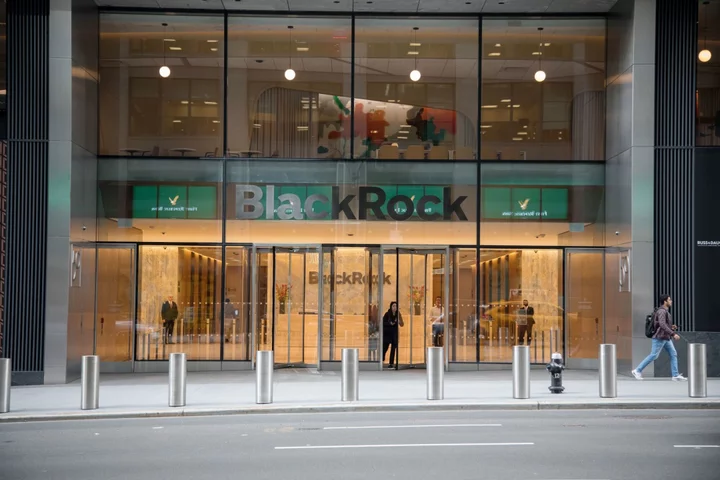
BlackRock, MSCI Probed by US Lawmakers Over China Investment
A US congressional committee is investigating BlackRock Inc. and MSCI Inc. for allegedly helping to facilitate American investment
2023-08-01 23:49

China’s Home Sales Drop Most in a Year as Slowdown Worsens
China’s home sales tumbled the most in a year in July, underscoring why policy makers are seeking to
2023-08-01 09:20

Japan Jobless Rate Falls in Positive Sign for Wages, BOJ Goal
Japan’s unemployment rate fell in June, feeding into optimism that upward pressure on wages may persist and help
2023-08-01 08:52
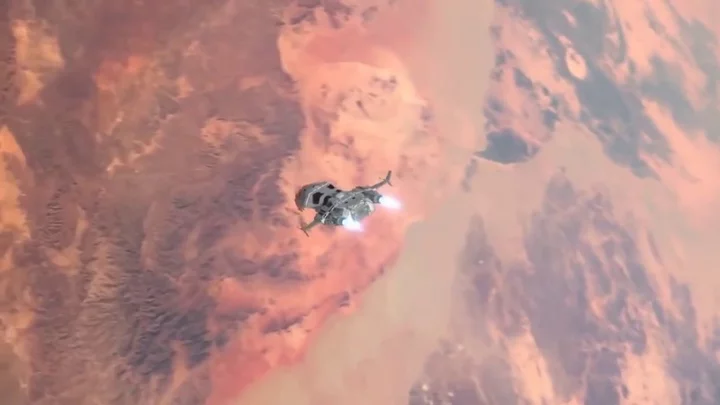
The 'doomed Phobos moon' is about the crash into Mars
When NASA’s Perseverance Rover observed an image from Mars of its moon Phobos eclipsing the Sun, it was a reminder that the astronomical body is doomed to crash into the planet. Phobos is the closest of Mars’ two moons and it is due to fall out of orbit relatively soon. When it does, it will either crash into the surface of the planet or break up completely. Before it does, it will drift ever closer to Mars at a relatively rapid rate. "Phobos is nearing Mars at a rate of six feet (1.8 meters) every hundred years; at that rate, it will either crash into Mars in 50 million years or break up into a ring," NASA says about the moon. Sign up to our free Indy100 weekly newsletter A statement about the recently recorded eclipse states: "Scientists already know that Phobos is doomed. “The moon is getting closer to the Martian surface and is destined to crash into the planet in tens of millions of years. But eclipse observations from the surface of Mars over the last two decades have also allowed scientists to refine their understanding of Phobos’ slow death spiral." NASA's Perseverance Rover Sees Solar Eclipse on Mars www.youtube.com Mars is the subject of much scientific interest right now, especially after Nasa discovered “diverse organic matter” on the surface of the planet, which could change our understanding of the red planet and the search for life in the universe. The Perseverance rover made the discovery in the Jezero Crater on Mars and a number of different explanations for the existence of the material have been posited. The materials could have been formed when water and dust interacted, or was dropped onto the planet by dust or meteors. Have your say in our news democracy. Click the upvote icon at the top of the page to help raise this article through the indy100 rankings.
2023-07-31 20:52

Less lost in translation: Foreigners get high-tech help in Tokyo's baffling Shinjuku rail hub
By Tom Bateman and Rocky Swift TOKYO As Japan enjoys a post-pandemic resurgence in tourism from around the
2023-07-31 16:19
